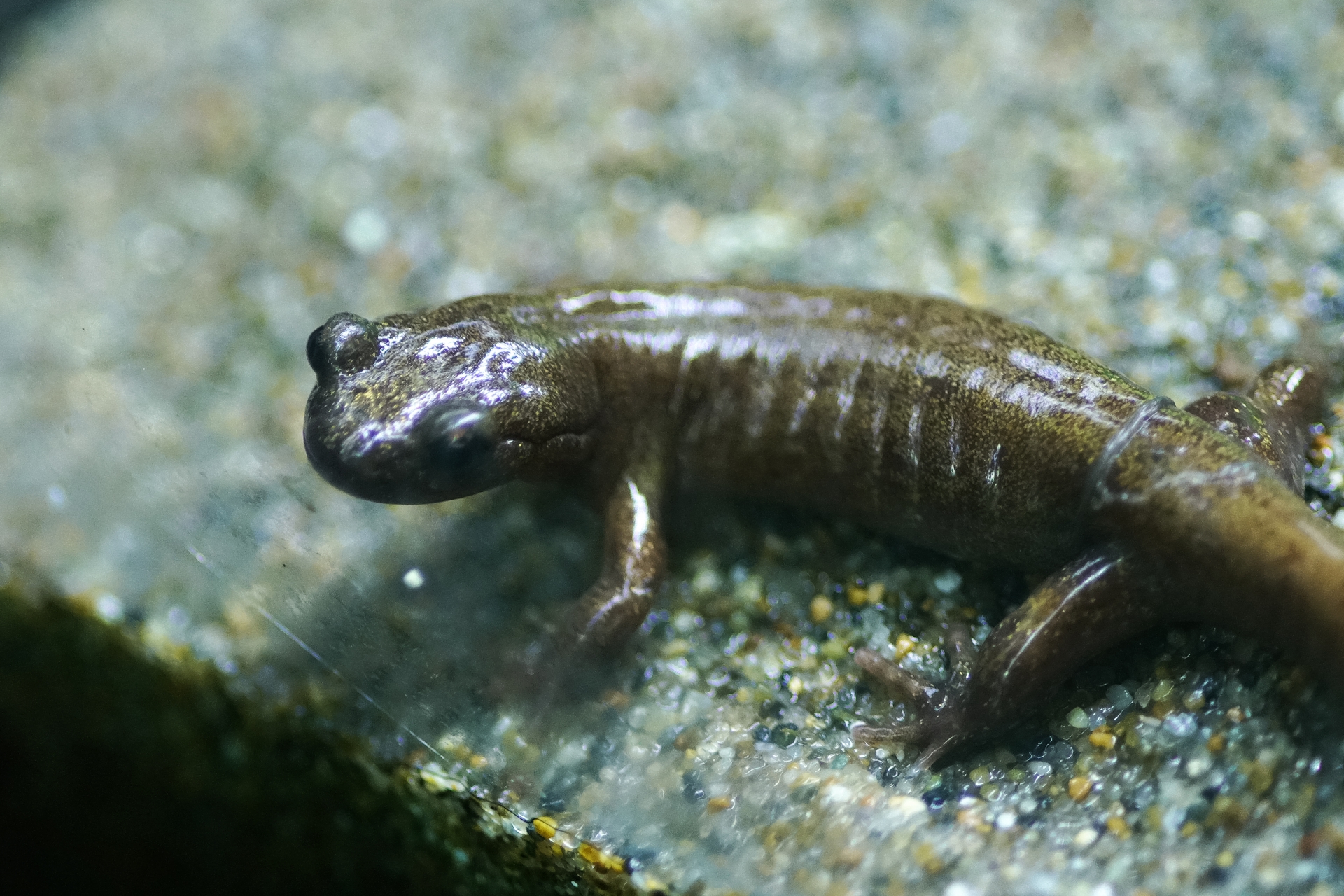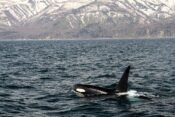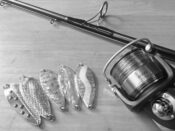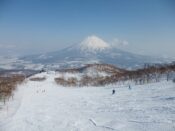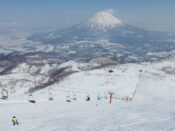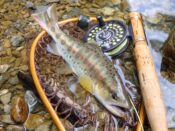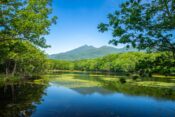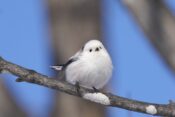エゾサンショウウオについて:北海道の静かな水辺で出会える貴重な生物
エゾサンショウウオは,北海道の山岳地帯や湿地,湖の周辺に生息する貴重な両生類です。日本固有のサンショウウオで,寒冷な環境にも適応しています。その独特な姿と,静かな水辺にひっそりと生きる姿は,北海道の自然愛好家や旅行者にとって興味深い観察対象となっています。この記事では,エゾサンショウウオの生態とともに,旅行者が実際に観察できるスポット,宿泊情報,グルメ,アクティビティについて解説します。
エゾサンショウウオの生態
エゾサンショウウオは,北海道内の冷涼な水域に生息しており,特に春から初夏にかけて繁殖期を迎えます。水中に卵を産み付け,幼生は水中で生活しますが,成体になると主に陸上で活動することが多いです。そのため,湿地や小川,山間部の湖などで観察されることが多く,静かな自然の中でひっそりと生活する姿が印象的です。
特徴的な体の模様は保護色となっており,自然の中に溶け込んでいるため,観察には少し工夫が必要です。岩陰や水草の間に隠れていることが多く,じっくりと探す楽しみがあるのも魅力の一つです。
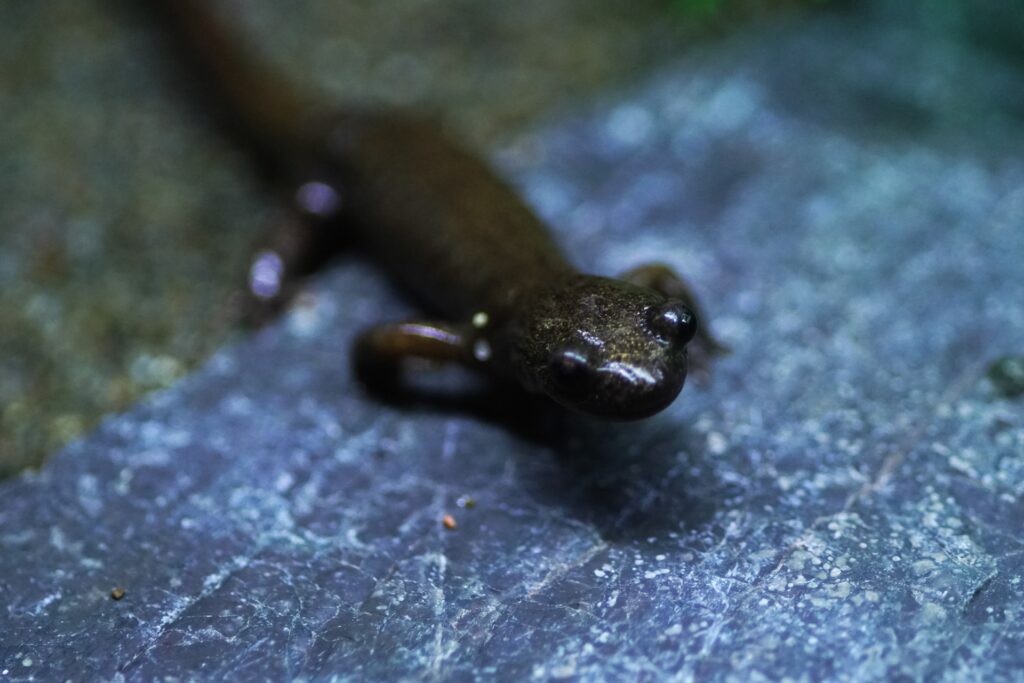
アクセス情報
エゾサンショウウオを観察するためには,北海道内の湿地や湖,山岳地帯へのアクセスが必要です。特に,釧路湿原や知床半島,阿寒湖周辺ではその生息地が多く見られます。釧路湿原へは,釧路空港から車で約30分,阿寒湖へは,釧路市内から車で約1時間半の距離にあります。知床半島へのアクセスは,女満別空港から車で約2時間のドライブが必要ですが,その美しい自然とともにエゾサンショウウオを観察することができます。
また,これらのエリアは観光名所でもあり,周辺には宿泊施設やグルメスポットが充実しています。特にエコツアーに参加すると,現地ガイドがエゾサンショウウオの生息地を詳しく案内してくれるため,初めての訪問でも安心して観察が楽しめます。
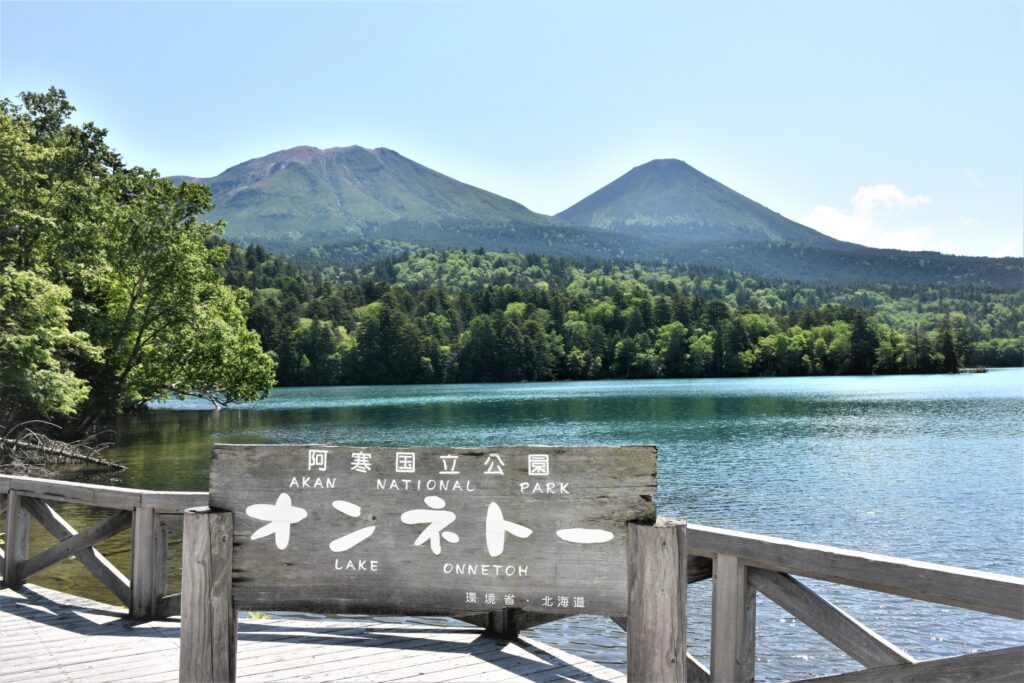
宿泊情報
エゾサンショウウオの観察を楽しむためには,周辺の宿泊施設を活用するのがおすすめです。釧路湿原周辺では,エコツーリズムをテーマにしたロッジや温泉付きの宿泊施設が多く,自然と調和した滞在が楽しめます。阿寒湖周辺には,温泉宿やリゾートホテルがあり,カヌーや釣りといったアクティビティも充実しているため,家族連れやグループ旅行でも快適に過ごせます。
知床半島では,世界自然遺産にも指定されているため,自然保護に配慮した宿泊施設が揃っています。地元の食材を活かした料理を楽しみながら,静かな自然の中でリラックスした時間を過ごすことができます。
グルメ情報
エゾサンショウウオ観察の後は,北海道ならではの新鮮なグルメを楽しみましょう。釧路では,釧路ラーメンや海鮮丼,知床では新鮮な海の幸を使った料理が有名です。特に,阿寒湖周辺では,地元で採れた淡水魚を使った料理や,アイヌの伝統料理である「メフン」(鮭の腸の塩辛)など,地元ならではのグルメを楽しむことができます。
また,阿寒湖温泉街には,地元の食材を使ったレストランが点在しており,湖を眺めながらの食事が楽しめます。北海道ならではの新鮮な食材とともに,自然に囲まれた環境での食事は,心身を癒してくれるひとときです。
アクティビティ情報
エゾサンショウウオの観察に加えて,釧路湿原や阿寒湖,知床半島では,多彩なアクティビティが楽しめます。カヌーやトレッキング,バードウォッチングが人気で,湿原や湖,森林の中をゆったりと探索することができます。特に,釧路湿原ではタンチョウやオオワシなど,珍しい野生動物も観察できるため,自然愛好家にはたまらない体験ができるでしょう。
また,阿寒湖では,冬には氷上カヌーやワカサギ釣りといったユニークなアクティビティも楽しめ,年間を通じて訪れる価値があります。
まとめ
エゾサンショウウオは,北海道の豊かな自然環境の中でひっそりと生息する魅力的な生物です。その観察は,静かな水辺でのリラックスしたひとときを提供してくれると同時に,北海道ならではの自然と文化を満喫する絶好の機会です。アクセスも比較的容易で,宿泊やグルメ,アクティビティも充実しているため,家族連れや個人旅行者にとっても楽しめる旅行先です。次回の北海道旅行では,ぜひエゾサンショウウオの観察を取り入れて,自然と触れ合う旅を楽しんでみてください。
Ezo Salamander: Discover Hokkaido’s Hidden Gem in the Wetlands
The Ezo salamander is a fascinating amphibian native to the mountains, wetlands, and lakes of Hokkaido. Adapted to the cold climate, this unique species offers travelers an intriguing opportunity to observe wildlife in serene natural settings. In this article, we will explore the life of the Ezo salamander, along with practical travel tips for where to see them, accommodation, dining, and activities in the region.
The Ecology of the Ezo Salamander
The Ezo salamander thrives in Hokkaido’s cool water environments, especially around wetlands, lakes, and mountain streams. During the breeding season in spring and early summer, they lay eggs in the water, with larvae living aquatic lives before maturing into land-dwelling adults. Ezo salamanders are often found in quiet, shaded areas near streams and lakes, hidden beneath rocks or in thick aquatic plants.
Their camouflage makes them blend seamlessly into their surroundings, making the search for these creatures a rewarding experience for wildlife enthusiasts.
Access Information
To observe the Ezo salamander in its natural habitat, visiting locations such as Kushiro Wetlands, Shiretoko Peninsula, and Lake Akan is highly recommended. Kushiro Wetlands is just a 30-minute drive from Kushiro Airport, while Lake Akan is about a 1.5-hour drive from Kushiro. Shiretoko is accessible by car from Memanbetsu Airport, with a scenic two-hour drive to the peninsula.
These areas are also popular tourist destinations, with ample accommodations and guided eco-tours available to help travelers spot the Ezo salamander. Guided tours are particularly helpful for first-time visitors, as local guides can point out the best observation spots.
Accommodation Information
For those looking to observe the Ezo salamander, staying in nearby lodges and eco-friendly accommodations is the best option. Around Kushiro Wetlands, you’ll find lodges and hot spring inns that emphasize eco-tourism, offering guests a peaceful stay surrounded by nature. At Lake Akan, hot spring resorts and ryokan provide comfortable stays, with the added bonus of other activities like canoeing and fishing available on-site.
In Shiretoko, accommodations cater to nature enthusiasts, with many focusing on conservation and eco-friendly practices. Guests can enjoy local, sustainable cuisine while relaxing in a quiet, natural setting.
Dining Information
After a day of salamander spotting, treat yourself to Hokkaido’s fresh local cuisine. In Kushiro, you can enjoy the famous Kushiro ramen or seafood bowls, while in Shiretoko, fresh seafood such as crab and salmon are popular. Around Lake Akan, local dishes featuring freshwater fish or traditional Ainu dishes like “mehune” (salted salmon intestines) are a must-try.
The Lake Akan hot spring area also offers restaurants serving meals made from locally sourced ingredients, allowing diners to enjoy a scenic view while savoring delicious food.
Activity Information
In addition to salamander watching, the Kushiro Wetlands, Lake Akan, and Shiretoko areas offer a variety of nature-based activities. Canoeing, hiking, and birdwatching are among the most popular, giving visitors a chance to explore the wetlands, lakes, and forests at a leisurely pace. In Kushiro, you might also spot rare birds like the red-crowned crane or Steller’s sea eagle, making it an ideal destination for nature lovers.
At Lake Akan, winter activities such as ice canoeing and smelt fishing add to the region’s appeal, ensuring that it is a year-round destination for outdoor enthusiasts.
Conclusion
The Ezo salamander is a captivating creature that thrives in Hokkaido’s rich natural environments. Observing these animals offers a peaceful and unique way to experience the island’s serene water habitats while immersing yourself in its cultural and culinary delights. Whether you are traveling with family or exploring solo, Hokkaido offers plenty of opportunities to connect with nature. On your next visit to Hokkaido, make sure to include Ezo salamander watching in your itinerary for a truly enriching experience.
